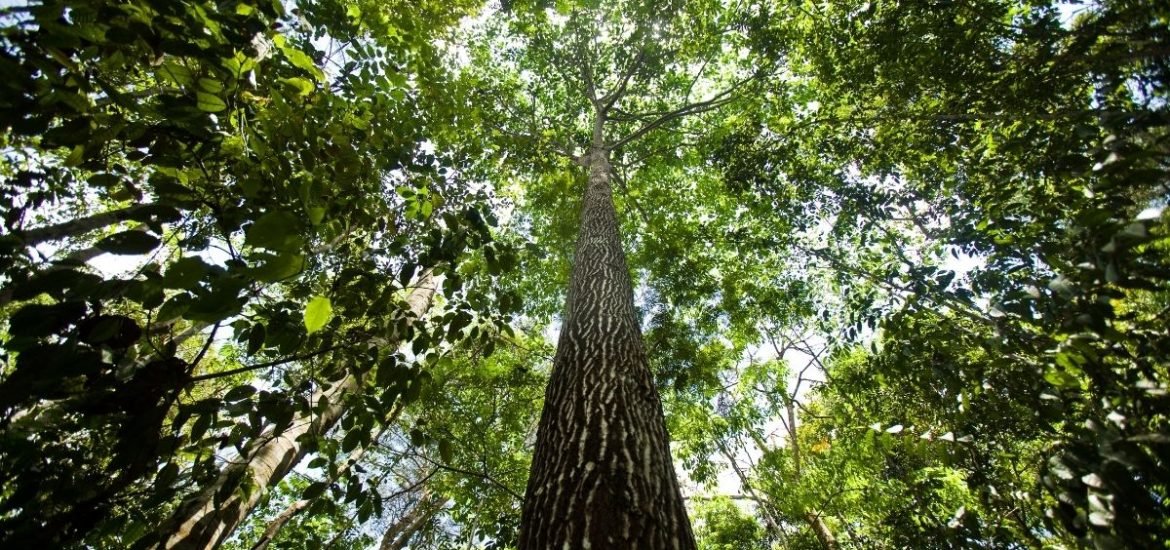
Dieback due to climate change and deforestation is hampering the Amazon rainforest’s ability to soak up and store carbon, which could accelerate the pace of global warming. The average growth rate of tree species is the main risk factor behind Amazon tree death, according to a new study published on 9 November in Nature Communications (1).
“Understanding the main drivers of tree death allows us to better predict and plan for future trends”, said lead author Dr Adriane Esquivel-Muelbert of the Birmingham Institute of Forest Research. However, the Amazon is home to more than 15,000 different tree species, which makes this a huge undertaking, Esquivel-Muelbert added.
To determine which factors control tree mortality rates in Amazon forests and why tree mortality is increasing across the Amazon basin, the team of researchers used long-term records gathered by the international RAINFOR network to perform the largest analysis of causes of tree death in the Amazon to date.
The elaborate study led by the University of Birmingham and the University of Leeds in collaboration with over over 100 researchers followed more than 124,000 living trees and recorded 18,000 tree deaths in the 30-year period. On each visit to the 189 one-hectare plots, they measured all trees with a diameter greater than 10 cm and recorded the condition of every tree. Then, detailed, forensic work was carried out by skilled researchers in a dozen nations.
The study showed that species-level growth rates are a key risk factor for tree mortality. Faster growing tree species are more likely to die younger. And within those species, the slowest growing trees have the greatest risk of death. As a result, younger forests store less carbon. Drought is also driving tree death in Southern Amazon, which indicates these forests are experiencing climatic conditions beyond their adaptative limits, the authors say.
“We found a strong tendency for faster-growing species to die more, meaning they have shorter life spans. While climate change has provided favourable conditions for these species, because they also die more quickly the carbon sequestration service provided by Amazon trees is declining”, added Dr David Galbraith, from the University of Leeds.
The Amazon rainforest is a vital carbon sink. The findings offer important insights into the possible future of its forests and have important implications given that climate change promotes fast-growing tree species.
Dr Beatriz Marimon of Universidade do Estado de Mato Grosso in Brazil, who coordinates multiple plots of rainforest in Central Brazil commented: “Now that we can see more clearly what is going on across the whole forest, there are clear opportunities for action. We find that drought is also driving tree death, but so far only in the South of the Amazon. What is happening here should serve as an early warning system as we need to prevent the same fate overtaking trees elsewhere.”
(1) Esquivel-Muelbert, A. et al. Tree mode of death and mortality risk factors across Amazon forests. Nature Communications (2020). DOI: 10.1038/s41467-020-18996-3